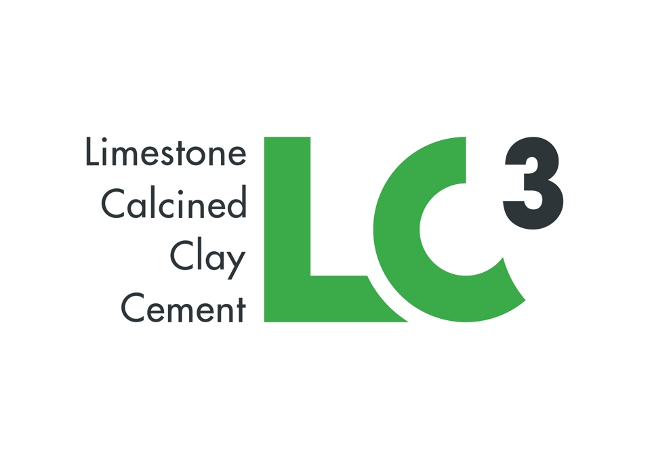Limestone Calcined Clay Cement (LC3) project
The LC3 project is an international research and technological transfer effort led by EPFL in Switzerland aiming to develop and introduce new formulations of cements with low CO2 footprint where clinker is replaced by a combination of limestone and calcined clays. LC3 achieves the same mechanical performance than PC from 7 days onwards, and exhibits enhanced durability against chloride, alkali silica reaction and sulfate attack.
The success of this technology has reflected in the introduction of LC3-type cements in the European standard for cement (EN 197-5) and several industrial projects in construction or already producing LC3 around the globe. Dr. Zunino remains an active member of the LC3 team, both in extension, education and collaborative research activities.

Functionally diversified superplasticizers for sustainable concrete (SNSF funded)
This is a project led by Prof. Dr. Robert J. Flatt, chair of the PCBM group at ETH Zurich where the UGC is hosted. In its most general sense, this project aims at reducing the carbon footprint of concrete. Specifically, it focuses on improving the molecular design of superplasticizers, a type of chemical admixture, which when added in small amount can radically improve the fluidity of concrete. The project will study how changes in the functional groups of their backbones may be used to improve the performance of low carbon concrete. Thereby, the greatest focus will concern the working mechanisms of these “functionally diversified superplasticizers” in presence of Limestone Calcined Clay Cements (LC3), a particularly promising binder for lower carbon concrete.